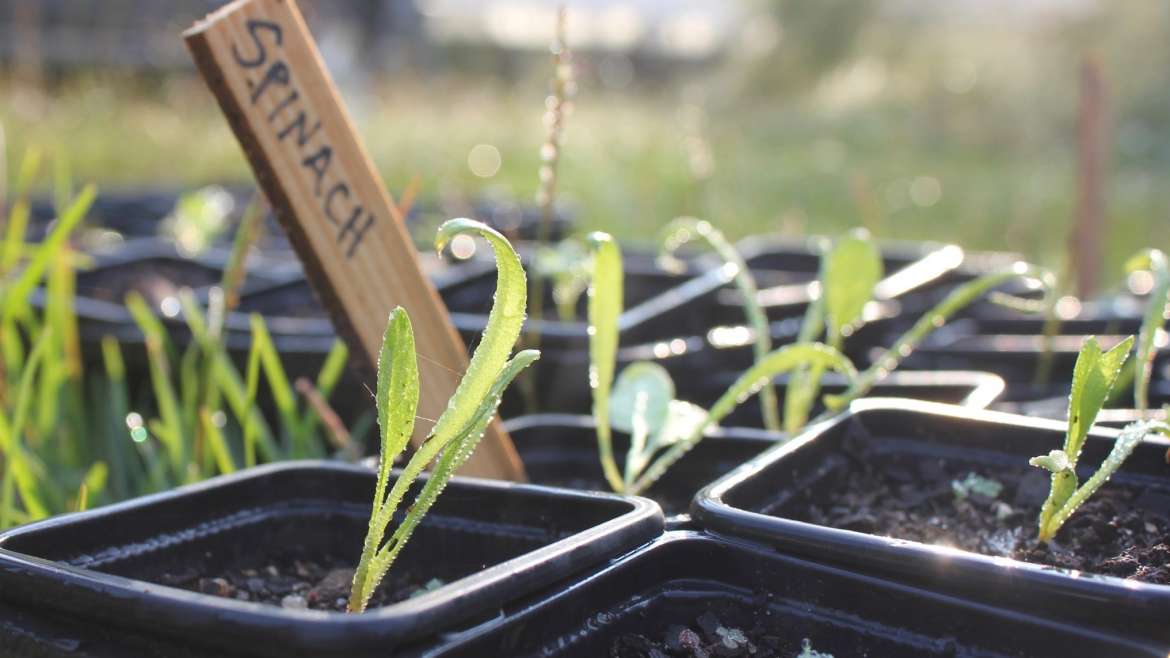As we have mentioned on our site, Neal Family Farms utilizes a Permaculture framework and design principles for the over-arching development and use of our land. For those not familiar with Permaculture, here is a quick synopsis.
Permaculture is a permanent agriculture. It is a philosophy of agriculture that focuses on a whole-systems approach to growing food. The goal is to mimic natural ecosystems while minimizing inputs and maximizing outputs to make the parts of the system more efficient and productive. While we have not been to a Permaculture Design Course and don’t consider ourselves to be Permaculture experts, we do know enough to implement its principles to help make our farm more productive. There are multiple steps to the Permaculture design process that deal with everything from infrastructure (such as fences and roads), to water flow (keyline principles), and animal husbandry and plant production. This process is guided by the 12 Permaculture principles that focus on mimicking natural ecosystems to produce food while improving the piece of land that is being “farmed”.
Here are a couple examples from our farm. After vegetable growing seasons, we can move our chickens to the garden beds using portable electric netting and a mobile coop. The chickens eagerly help us clean up the crop residue, do light tilling as they scratch and peck, all while fertilizing for the next season. We didn’t have to bring in synthetic fertilizers, we saved some effort at hoeing, raking, and digging that the chickens did for us, and we saved on feed costs. The pigs are good at doing a more thorough tilling in much the same manner. Another example is how we developed our property. Our land was about 90% wooded when we moved in. As we have attempted to clear the property for more pastures, we selectively left oak trees (that produce acorns), as well as strategically planted some additional chestnut trees to provide a fall treat to our pigs (and help fatten them up before processing). These trees require minimal input once they are established but will provide nuts for our animals for years to come to help us save on feed costs. The trees also provide much needed shade in the blazing summer heat so our livestock can keep cool. We are attempting to integrate each facet of our farm and view each subsystem as part of the whole system to better develop our land and water sources.
So, is all this really necessary or helpful? Well, we believe that God has entrusted this piece of land to us to steward well for His glory. Permaculture is the way that we achieve to do that. Our good Creator designed this world to function apart from human interference or effort. Just walk through a forest that has been untouched in 20 years. Trees are growing, the underbrush may be impenetrable in places, the ground is soft from years of decaying leaves that have composted into rich soil, and there is an abundance of wildlife. However, God also commanded the first man to cultivate and have dominion over the earth. While disturbance can be a helpful tool in Permaculture, clear-cutting an entire woodlot to plant acres of corn doesn’t seem to be the best and wisest use of that land. Cultivation needs to have a proper balance of following the natural systems that God has designed, while attempting to maximize its usage to provide an abundance of food. This is our attempt to do just that.

